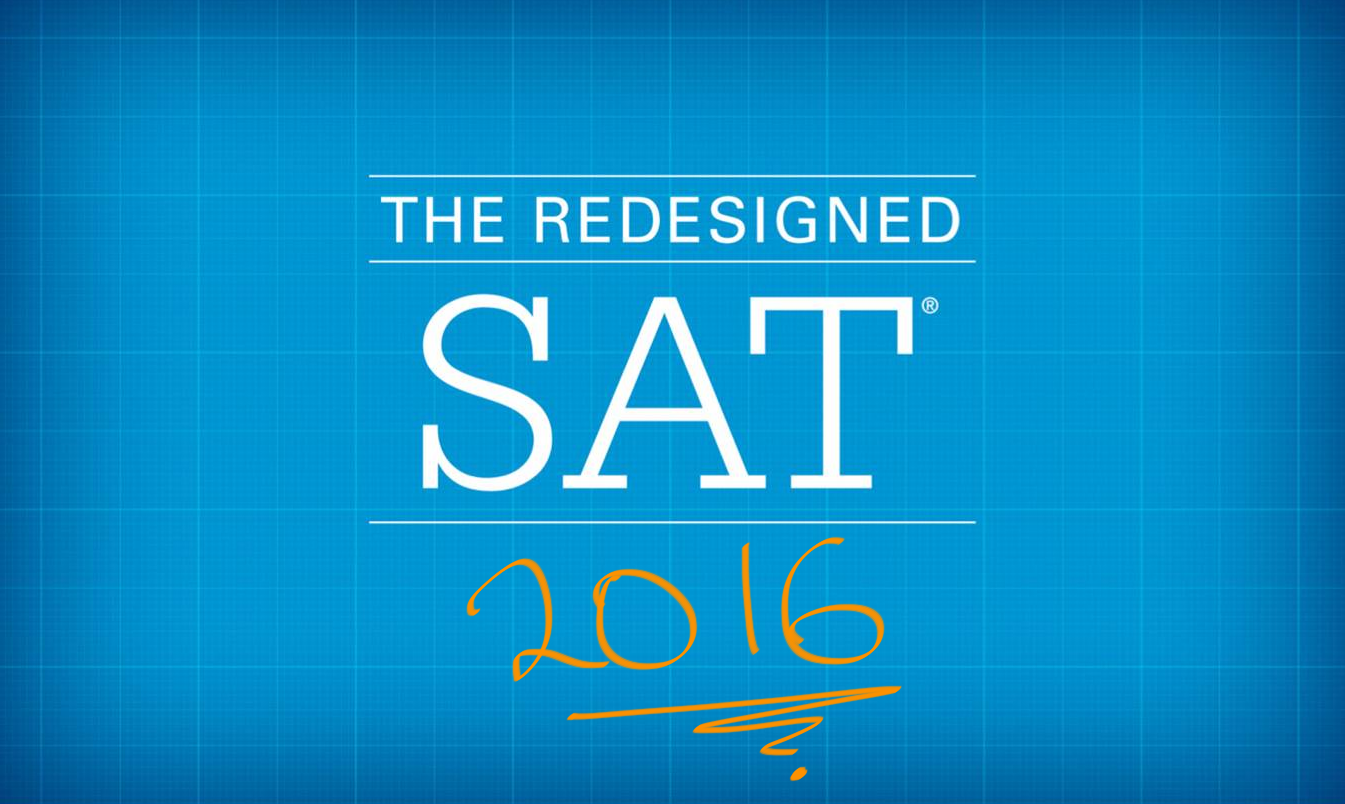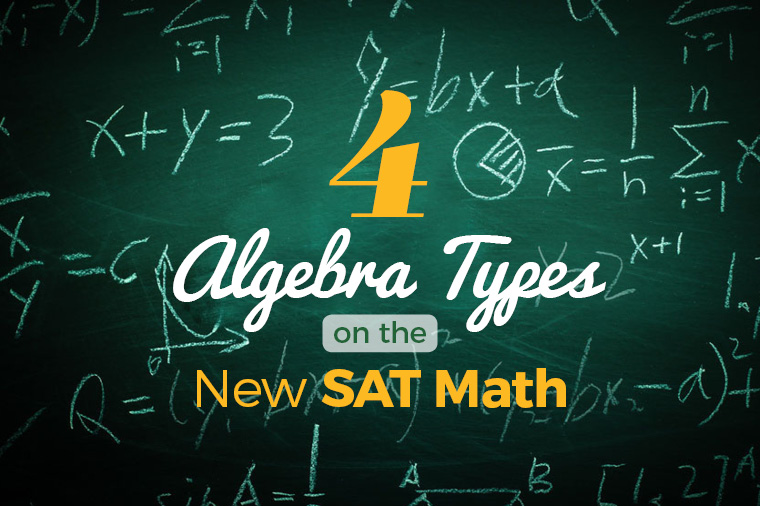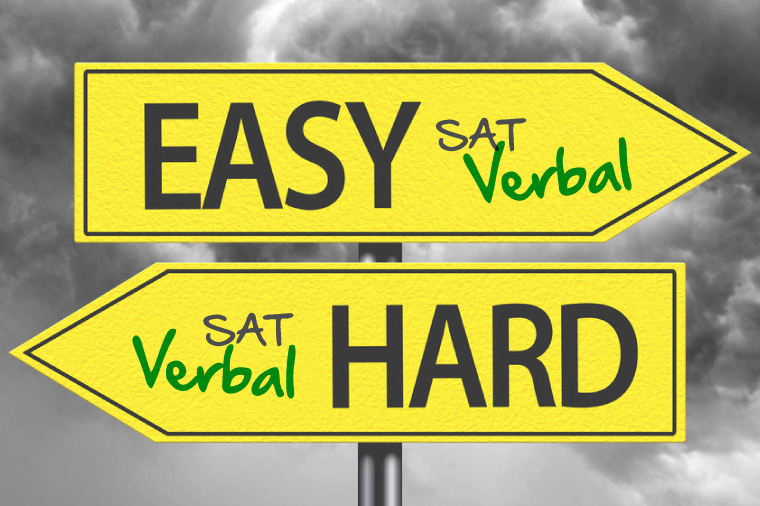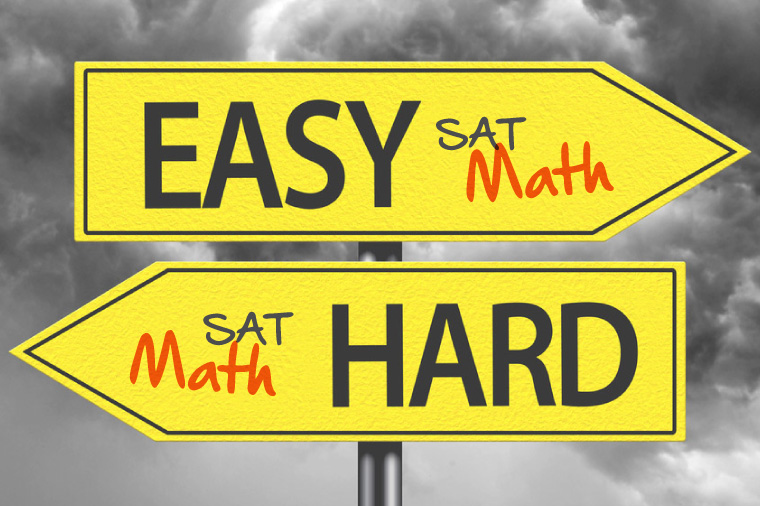Everything you need to know about the New SAT 2016

But it sure may feel harder to some.
For starters, the new test will be more reading-centric and passage-based than ever before. On the new SAT, everyone starts out with an interminable string of lengthy reading passages. After first facing a 65-minute, 52-question Reading test containing 5 long passages (some accompanied by charts), students then advance to a 35-minute, 44-question Writing and Language test containing 4 more passages. To complete these sections, students must consume about 4,500 words of text and answer nearly 100 rather wordy questions in a little over an hour and a half—with one short, scheduled break in the middle.
Test takers will then move on (with no break) to back-to-back Math tests—a 25-minute, 20-question, calculator-verboten section (then a break) followed by a 55-minute, 38-question, calculator-friendly finale. The scope of math topics will narrow considerably and reach higher (heavy on linear and polynomial algebra, extremely light on geometry, and with a smattering of trigonometry and statistics). The mix of multiple-choice and free-response item types seen on the current SAT will remain.
Stop. Pencils down. Take a short break. You’ve reached the end of hour three.
Most students will choose to stay for a fourth-hour encore: the optional essay that many colleges will require. The essay will no longer tease out student opinions on a topic. Instead, it will ask students to first read a roughly 700-word essay and then provide an analysis of the author’s effective use of evidence. This baked-in reading assignment means the length of the essay section will double to 50 minutes.
It’s also important to recognize what the new SAT has removed. A fifth answer choice from each question is gone. The quarter-point deduction for wrong answers is gone. And hard vocabulary, or what Coleman calls “SAT Words”, are gone. Indeed there is a paucity of words like paucity. Vocabulary is still tested, but not the way parents remember (analogies, antonyms) or the way this year’s students see it (sentence completions). Instead, the new test will extract an everyday word—like form, convey, or expert—from a passage and ask, “As used … most nearly means.” There is one more expected absence: the much loathed “experimental” section, which was the one section—you couldn’t tell which—that didn’t count but was included to pre-test future items. Test makers have less intrusive ways of doing that now.
It seems the College Board is on track to deliver a fair test that will respond thoughtfully to past criticism and self-reflection. While the test’s lack of history may unnerve some students in the near term, there is reason to think there are clearing skies ahead.
Source
http://time.com/3905719/the-new-sat/





